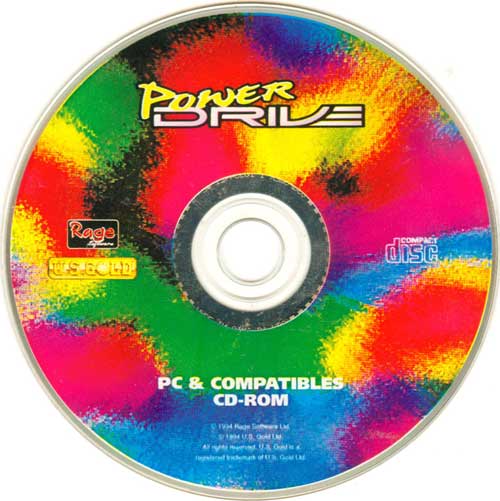A long time ago, I dashed off a quick blog post with a curious finding after studying the ISO-9660 spec: The format stores multi-byte numbers in a format I termed “omni-endian”– the committee developing the format apparently couldn’t come to an agreement on this basic point regarding big- vs. little-endian encoding (I’m envisioning something along the lines of “tastes great! … less filling!” in the committee meetings).
I recently discovered another bit of compromise in the ISO-9660 spec: It seems that there are 2 different methods for processing the directory structure. That means it’s incumbent upon ISO-9660 creation software to fill in the data structures to support both methods, because about some ISO-reading programs out there rely on one set of data structures while the rest prefer to read the other set.
Background
As a refresher, the “ISO” extension of an ISO file refers to the ISO-9660 specification. This is a type of read-only filesystem (i.e, the filesystem is created once and never updated after initial creation) for the purpose of storing on a read-only medium, often an optical disc (CD-ROM, DVD-ROM). The level of nostalgic interest I display for the ISO-9660 filesystem reminds me of my computer science curriculum professors from the mid-90s reminiscing about ye olden days of punchcard programming, but such is my lot. I’m probably also alone in my frustration of seeing rips of, e.g., GameCube or Xbox or 3DO games being tagged with the extension .ISO since those systems use different read-only filesystems.
I recently fell in with an odd bunch called the eXoDOS project and was trying to help fill in a few gaps. One request was a 1994 game called Power Drive for DOS.

Continue reading